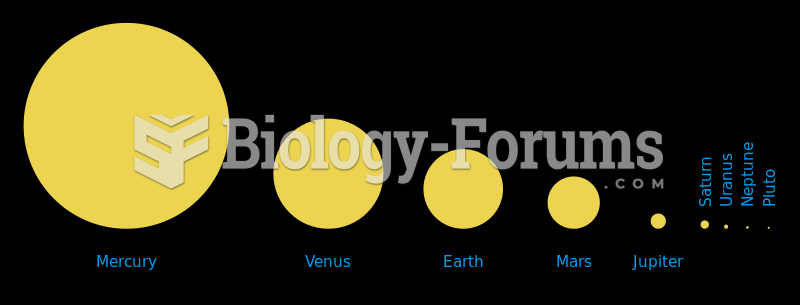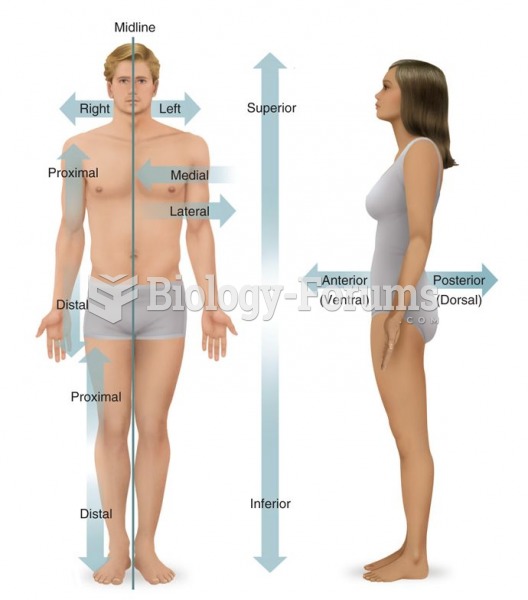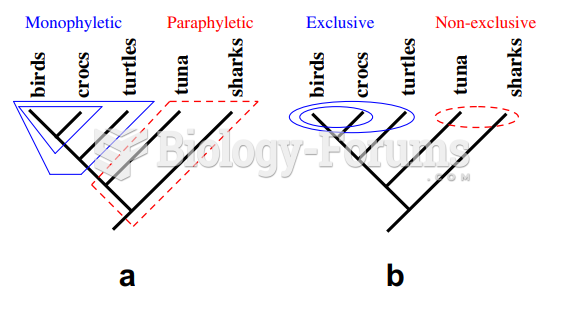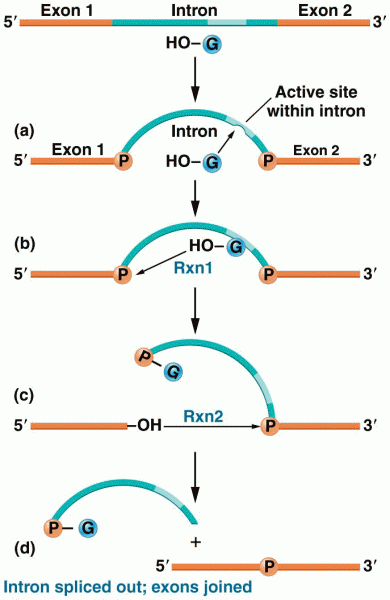Answer to Question 1
a
Answer to Question 2
According to the new international division of labor theory, commodity production is
split into fragments that can be assigned to whichever part of the world can provide the
most profitable combination of capital and labor. The new international division of labor
has changed the pattern of geographic specialization between countries, so that high-
income countries have now become dependent on low-income countries for labor. The
low-income countries provide transnational corporations with cheaper labor, lower
taxes, and fewer regulations regarding workplace conditions and environmental
protection. The global nature of production and consumption has been referred to as
global commodity chains, a complex pattern of international labor and production
processes that results in a finished commodity ready for sale in the marketplace. Some
commodity chains are producer-driven whereas others are buyer-driven. A producer-
driven commodity chain is a process in which transnational corporations play a central
part in controlling the production process. Industries that produce automobiles,
computers, and other capital- and technology-intensive products are typically producer-
driven. In contrast, a buyer-driven commodity chain refers to industries in which large
retailers, brand-name merchandisers, and trading companies set up decentralized
production networks in various middle- and low-income countries. This type of chain is
most common in labor-intensive, consumer-goods industries such as toys, garments,
and footwear. Athletic footwear companies such as Nike and Reebok and clothing
companies like The Gap and Liz Claiborne are examples of the buyer-driven model.
Since these products tend to be labor intensive at the manufacturing stage, the typical
factory system is very competitive and globally decentralized. Workers in buyer-driven
commodity chains are often exploited by low wages, long hours, and poor working
conditions.







